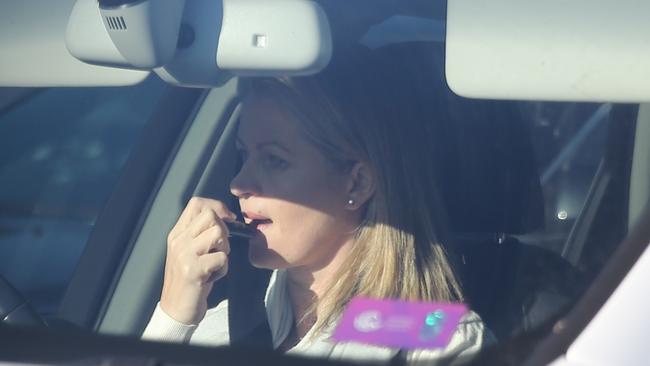Police fury at drivers treating cars like homes
EATING breakfast, applying make-up and even studying textbooks — cops are furious at how busy motorists are taking their eyes off the road while treating their car like it’s their house.
Drivers have been caught on camera applying make-up, studying textbooks, eating brekkie and handling their mobile phones while behind the wheel on some of Sydney’s busiest streets.
While simply touching a mobile phone in a vehicle can draw heavy fines and loss of demerits, it is not illegal for drivers to treat their cars like a bedroom, bathroom or even a study — and NSW police say they are fed up with the reckless behaviour.
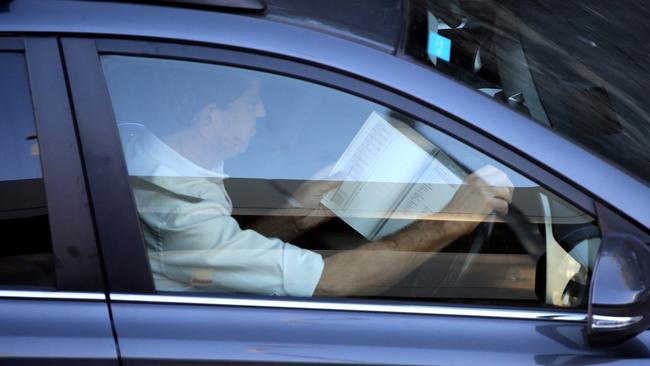
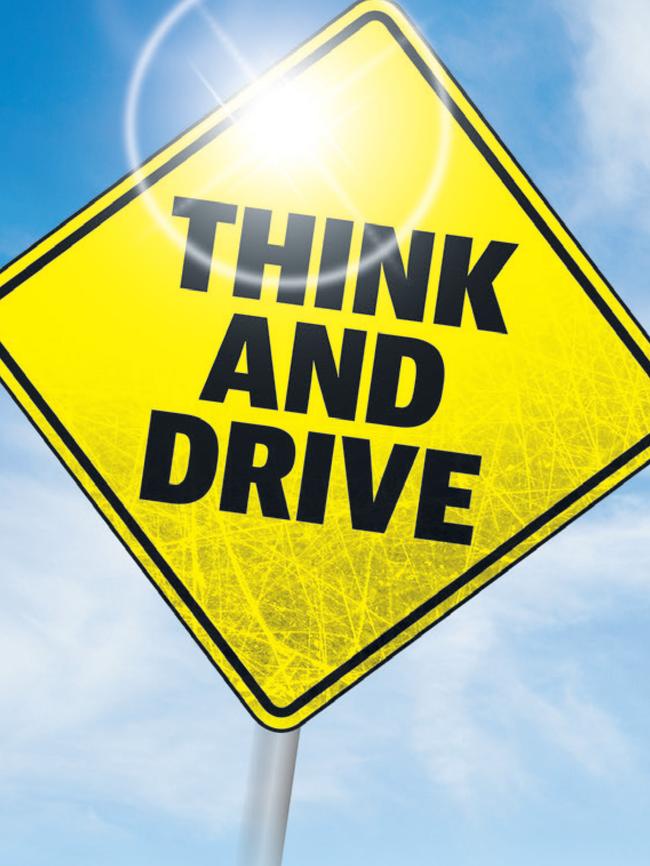
Every 41 minutes a person is killed or seriously injured on NSW roads. It is this startling rise in crashes that is driving the road toll up. The NSW road toll is now 223 this year and 378 in the past 12 months.
It is also why The Daily Telegraph and Sunday Telegraph, together with Transport NSW, are asking you to THINK AND DRIVE.
Traffic and Highway Patrol chief inspector Phil Brooks slammed the behaviour of distracted drivers, saying people need to take greater care.
“Any action that takes your eyes off the road is distraction,” he said.
“Eating, putting on makeup, having conversations with other passengers, in-car technology — all can be distracting.
“We want road users, drivers, riders, cyclists and pedestrians to keep their eyes on the road at all times, be aware of others and share the road safely.
“The key issue is personal responsibility … with the road toll currently at [223], clearly, road users need to do more and help police drive down the road toll.”
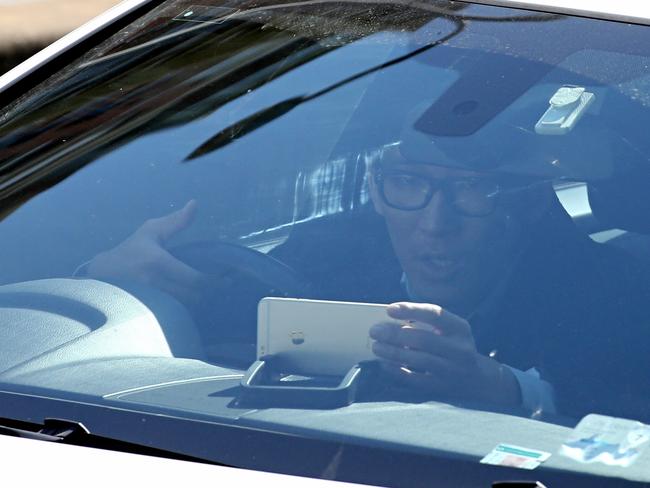
Sydney drivers this week were photographed reading books, eating breakfast, handling their phones and brushing their hair.
One woman was seen applying lipstick during the morning commute on Sydney Rd in Manly, while another man balanced an open textbook on his steering wheel.
Across town in South Dowling St a driver scoffed his breakfast with one hand on the wheel and the other grasping a sandwich.
Other pictures taken by a traffic monitoring company show drivers with bowls of cereal in their laps.
This behaviour is regulated by the Australia Road Rules, part of the Road Traffic Act 1961, which only states “drivers must have proper view and control of the vehicle and drive in a reasonable and prudent manner” which is the test for negligent driving.
Police can fine drivers for driving erratically.
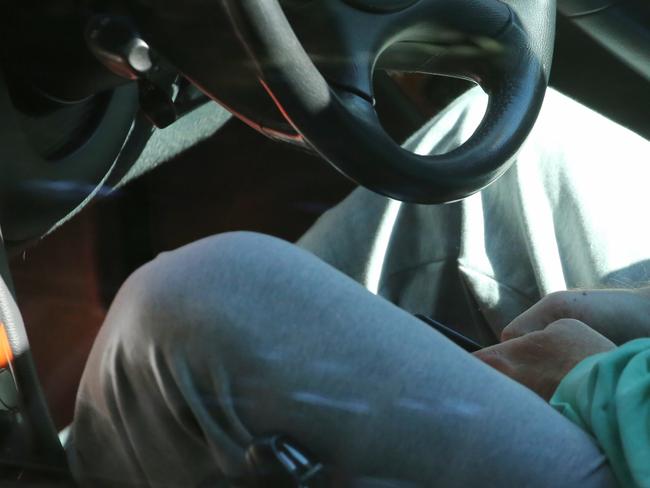
Latest NSW crime data shows a spike in the number of drivers charged by police for looking at screens other than mobile phones last financial year. There were 174 visual display unit offences recorded in the 12 months to July compared to only 125 in the same time period last year — representing an increase of 39.2 per cent.
A 2015 study by the Griffith Health Institute found that eating behind the wheel is almost as distracting as texting when it comes to a driver’s lane position control and reaction time.
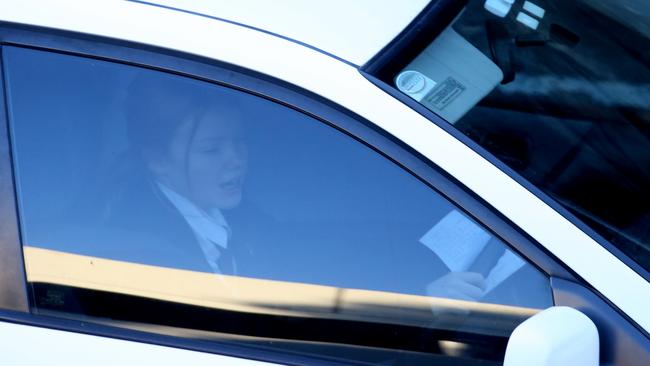
A recent survey by finder.com.au of 1800 Australian drivers found 70 per cent admitted to participating in potentially dangerous activities while behind the wheel.
They said their most common risky habits were:
► Parents of young kids are over four times more likely to text and drive (43%) than those with adult children (9%).
► 25% have used a phone while driving
► 38% have eaten take away food while driving
► 1 in 10 of Australians have driven with their knees
► 1 in 20 have had a microsleep behind the wheel
University of NSW road safety researcher Julie Hatfield said drivers endangered themselves and others when they tried to multitask.
“I think it comes back to a broader cultural issue in terms of wanting to do everything now and cramming as much as possible into our day,” she said. “People are often in a hurry and they haven’t had time to put on their makeup.”
Dr Hatfield said drivers did not realise the risks when their attention was diverted from the road.
“Very few people will apply makeup in what they perceive to be a dangerous situation,” she said. “They do it at traffic lights or when they’re travelling slowly.
“The problem is that people’s perceptions of when they’re safe are not reliable.
“There are circumstances when you’re driving and you feel nothing bad is going to happen and then an unexpected event happens.”
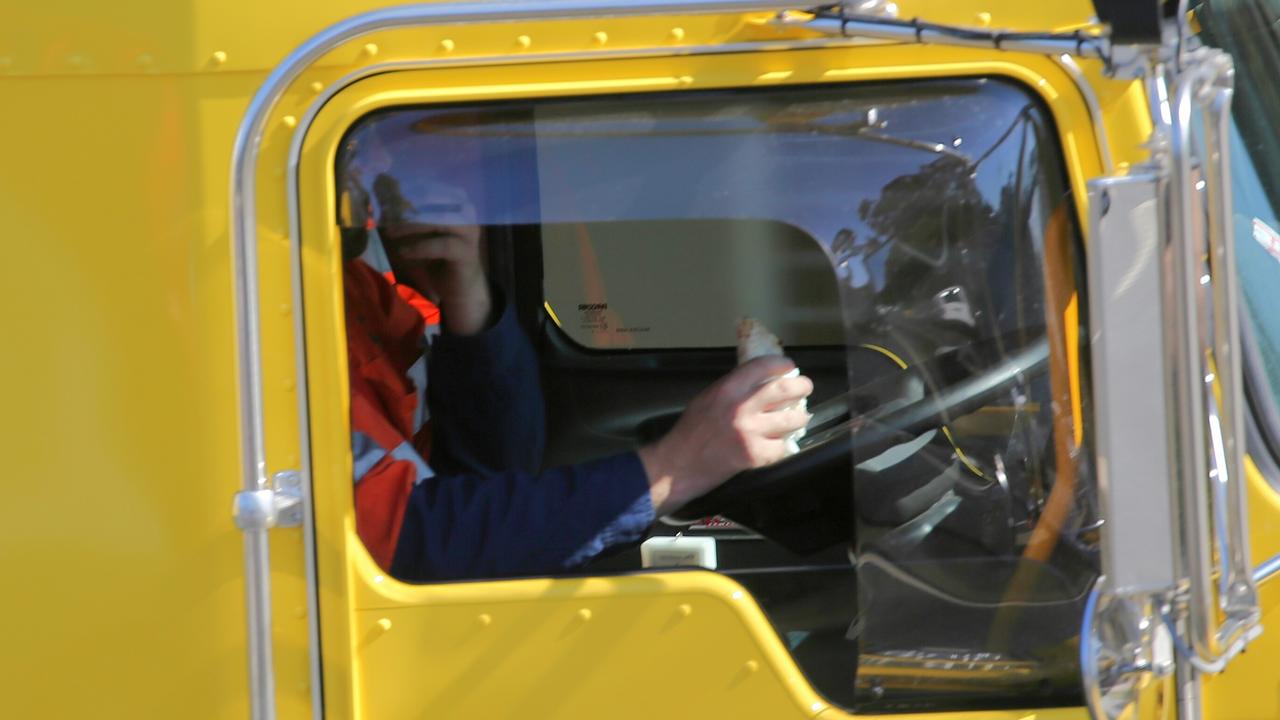
Transport for NSW data revealed 91 people were killed in crashes involving distraction between 2012 and 2016.
“At 60km/h a car travels 33 metres in two seconds,” a Transport for NSW spokesman said. “Take your eyes off the road for a few seconds and you continue to travel virtually blind.”
NSW Roads Minister Melinda Pavey said: “We can only regulate so much. If police see all these people doing all these stupid things there are good laws around that, but at the end of the day it’s about common sense.”
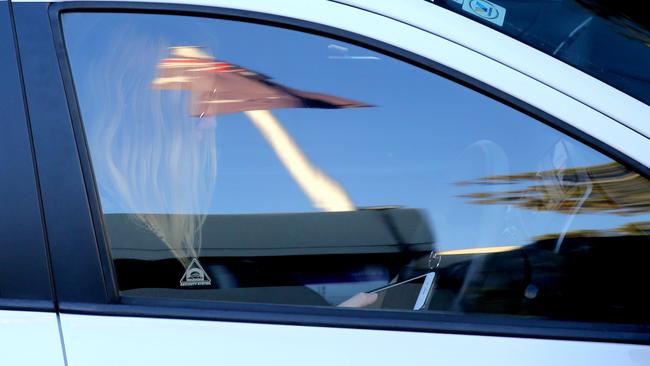
Asked if the government would look at its messaging Ms Pavey said “certainly”.
But she added: “We’ve got record numbers of highway patrol but this is more than just the big stick, it’s about people switching on their minds as well as their car.
“People don’t respect them when we lecture them and point our finger.”
The latest police data also showed mobile phone offences are increasing across the state. There were 42,122 offences in the 12 months to July compared to 40,961 offences in the same time period last year. The worst suburb for drivers using mobile phones was Sydney followed by Waterloo and Parramatta.
THE THINK AND DRIVE STORIES YOU NEED TO READ
► Can you pick the killer in this line-up?
► Stark numbers show we still have room to improve
► No Australian male believes he is a poor driver
► Women must speak up to save lives
► What is the biggest menace on our roads?

